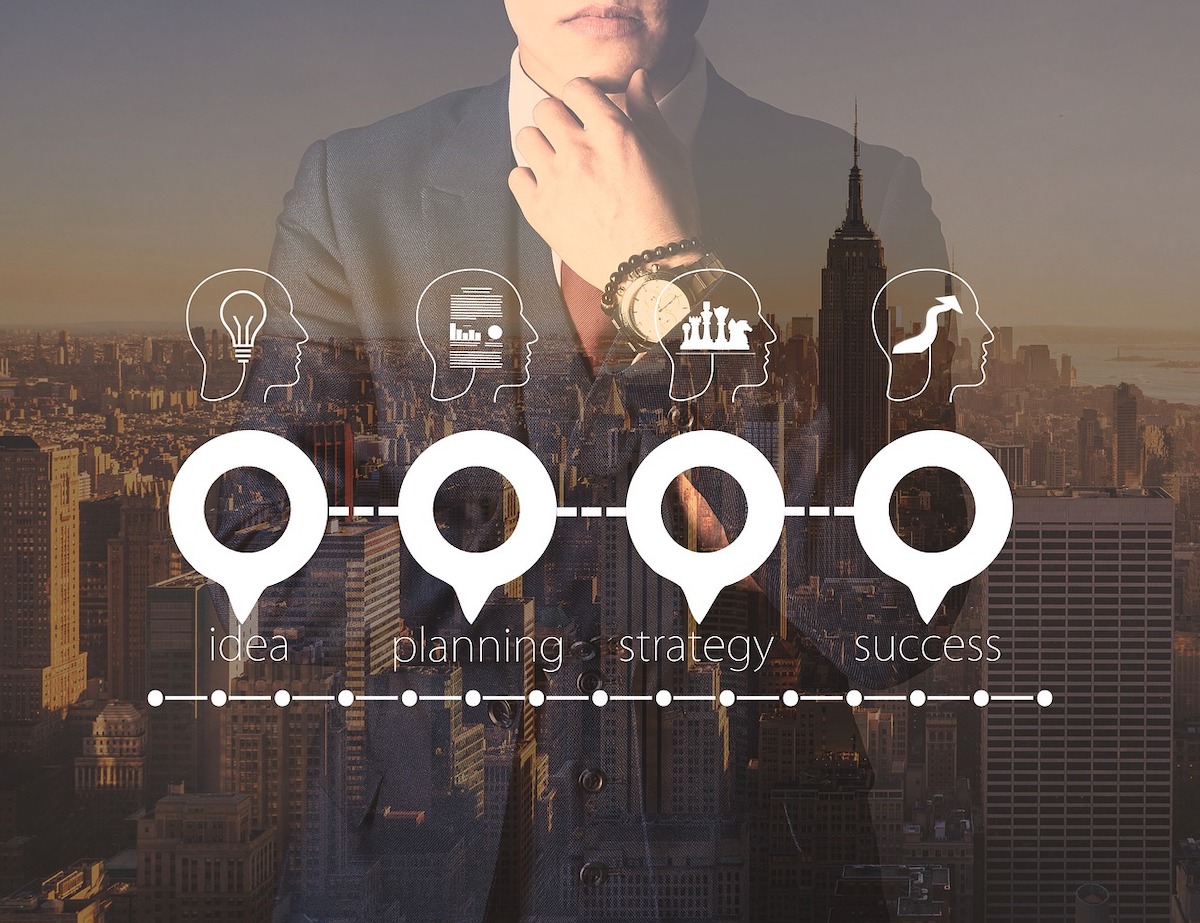Nearly two years into the pandemic, we now have plenty of experience to draw some conclusions as to what’s coming next. While Covid-19 has shaken the entire globe, there is still the light in the tunnel, especially when talking about marketing.
The impact of the rapid pandemic outbreak, and as a result, shut- and lockdowns, is impossible to measure adequately. The global economy has encountered a rock bottom, raising inflation and negatively influencing the end user in various supply chains.
Other than the purchasing power, Covid has also shifted our buying behaviors, turning upside down what used to be typical when purchasing goods.
And again, these changed the future of marketing as well. Businesses had to adjust to the current state of affairs, modifying their marketing strategies. What else has Covid-19 given rise to?
The following are a few changes the marketing industry is undergoing now.
Social media platforms will only become more powerful, commercially-speaking
Besides being excellent venues for chit-chats, social media networks will be the primary places to do shopping. Because of Covid, physical stores were in turbulence, opening their doors for customers and shutting them down frequently. Such actions questioned the importance of leading physical stores, as they had to pay rent no matter what.
We are likely to observe that more brands will do away with having local stores and shift to social media marketplaces. Creating a business profile is free, and it can bring about higher returns with the right approach. Plus, with the appearance of the meta world, customers’ online shopping experience will only be more pleasant and genuine.
Shopping repertoires will shift from loyal to experimental
People would stick to brands they found pertinent to their expectations in the past. These days, in turn, customers prefer to experiment and shop from various stores. The development of e-commerce has allowed us to choose among zillions of companies.
Healthy competition makes products and services better and more affordable. And while there still will be plenty of people with traditional shopping approaches, more users will gravitate toward an experimental repertoire.
Some brands are also interested in experimenting with marketing strategies, designing a unique tint that could portray their brand differently. Some like the outcomes and leave it as is, while others prefer their traditional colors. Use a free color palette generator and check if the results meet your expectations. You can always give the idea up and use a different strategy. Speaking of which.
More brands will funnel more resources into their campaigns, specifically retention marketing. 2021 has shown a 15% increase in the latter strategy, and we can expect this number to grow even higher from 2022 onward.
Locally-sourced products will become viral
Urbanization has been in the spotlight for dozens of years. And without a shadow of a doubt, it will continue to nudge people to move to cities. However, it doesn’t mean people will not move from metropolitan areas to rural regions.
As a matter of fact, the pandemic has been a driving force for people to change their lives and move to small towns and villages. Such reverse moves gave rise to localized marketing, allowing people to purchase numerous products without driving to large cities or even ordering items and waiting days to receive them.
Clients will require more
Customers have become pickier than ever. That’s beyond any doubt. The Internet lets people research products, compare them, and determine which item meets their expectations. What’s more, products aren’t always the main concern. The overall experience is also pivotal in people’s decision-making process.
In other words, the odds that people will purchase a product from a brand that has a low-quality web page are very high. Conversely, say the website is navigable and intuitive, the company is present on social media, and its profiles are trendy and well-maintained. In that case, people will likely buy the brand’s products.
Advertising will change
Advertising strategies have undergone impressive changes, from extensive descriptions of perks to short videos. Analyses showed that social media users’ attention had diminished significantly over the years. People don’t want to stop by posts for a long time; they want to explore their feeds quickly. That’s why video content has gained preponderance.
Of all the modern strategies, videos are an excellent way to design visually appealing and information-packed content. Plus, adequately selected colors and animations will appeal to people’s tastes and interests, thus increasing the likelihood of purchasing a product.
Online events will stay
Ever since the pandemic, the number of online events has skyrocketed. And although many have been complaining about the format’s ineffectiveness, Zoom meetings will remain part of our daily routines.
The remote mode can work wonders. By organizing various online events, companies will attract more people. Not only that, online events are way more cost-effective than traditional ones. Plus, saved resources may well be re-invested in the organization of different giveaways or other ad campaigns. This way, brands can convert more social media followers and event attendees into loyal clients.
Recap
Since the pandemic is far from its end, it’s too early to predict to what extent the marketing will shape our future. Besides, some things will happen abruptly, and it will be impossible to prepare for them and their consequences.
However, what can certainly be said is that the future of marketing will strengthen and become more practical. Therefore, it is vital to be open to changes and be ready to employ them as soon as possible, thus boosting profits and establishing your presence on the market.

